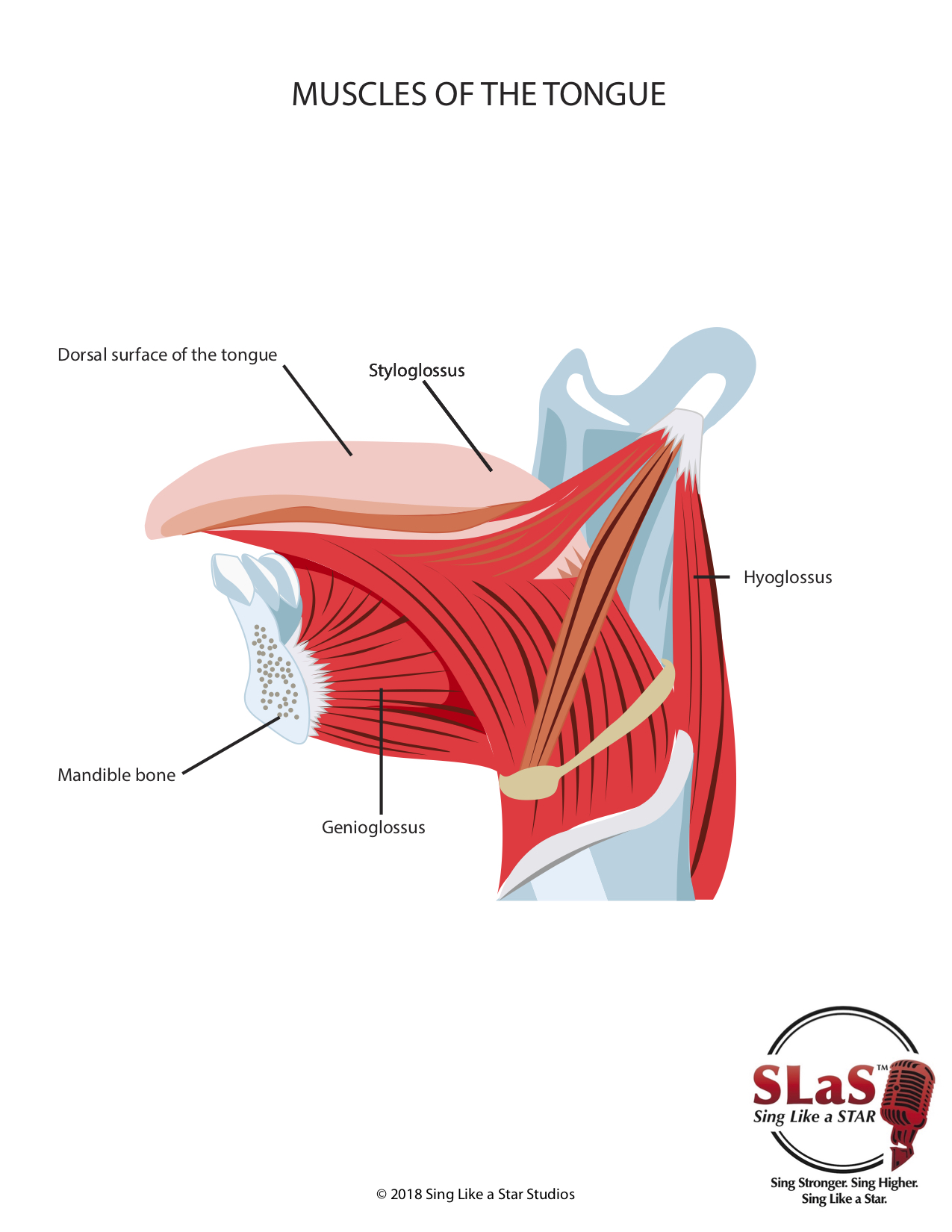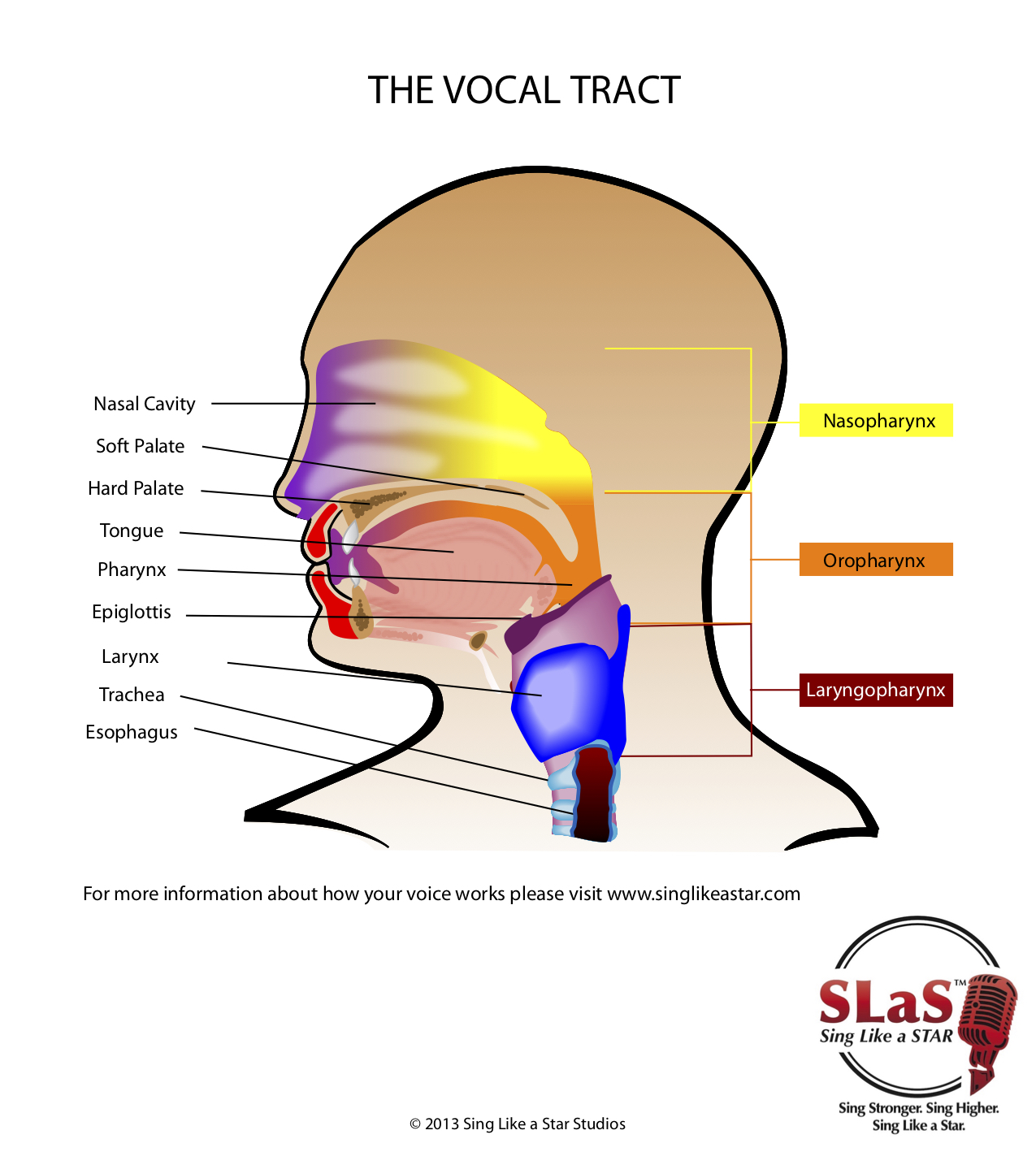SING LIKE A STAR BLOG
Learn to Sing: What Your Voice Looks Like


Voce Vista software allows us to see the sounds we are making. It shows us the relative strength or weakness of harmonics. With Voce Vista, we can have a visual representation of things like timbre, onsets, and vibrato.
These videos are an exploration of a male and a female pop singer demonstrating various vowels on several pitches, with different timbres and onsets using Voce Vista software.
The fuzzy sections are where we established the location of the vowel formants F1 and F2 by performing a vocal fry. The stronger bands of energy to the left of the formants are the harmonics.
Notice how the formants change in frequency with each vowel. Notice how the harmonics are affected by their proximity to a formant.
Timbre: Male [o] Vowel
Timbre: Male [æ] Vowel
Timbre: Male [i] Vowel
Timbre: Male [ɑ] Vowel
Timbre: Male [ʊ] Vowel
Timbre: Female [ʊ] Vowel
If you would like to learn more about your voice AND learn to sing from home for less than you probably spend f...
How to Sing Better: Improving Vocal Timbre or Tone Color


tim·bre: t[æ]m-b[ɝ]:
the character or quality of a musical sound or voice as distinct from its pitch and intensity.
synonyms: tone color, resonance
Vocal colors, resonance, and timbre are often used interchangeably in voice teaching. Timbre or tone color is created through a filtering process that reinforces certain harmonics over others, due to the size and shape of the resonators.
Some of this is inherited (we might be born, for example with a large mouth or pharynx) and some is due to choice (how we shape the articulators- the lips, jaw space, and tongue).
The vocal tract of each singer is inherently unique; the size, shape, and texture of each person’s pharynx and mouth are different. The singer can affect timbre by altering theses resonators. The tongue has a dramatic effect on the sound; it assumes various shapes for vowels and can exhibit varying degrees of tenseness or relaxation.
The texture of the soft tissues of the mouth and pharynx can also be altered, thus changing ...
Learn to Sing: What is Resonance in Singing?


Vocologists use voice science to rehabilitate voices. Voice science is constantly evolving but is essentially fact-based. Vocal pedagogy varies widely and are often based on tradition.
Vocology is: the science and practice of vocal habilitation. Its concerns include the nature of speech and language pathology, the defects of the vocal tract (laryngology), the remediation of speech therapy, and the voice training (voice therapy) and voice pedagogy of song and speech for actors and public speakers. Vocologists are science-based in their approach to teaching singing.
Pedagogy is: the method and practice of teaching, especially as an academic subject or theoretical concept. Vocal pedagogy has historically embraced both scientific and non-scientific approaches to teaching singing.
In vocal pedagogy, the concept of resonance has come to have many meanings, some science-based and some perception based.
Here, we will discuss the voice science approach to how resonance really works, and t...
How to Sing Better by Relaxing the Tongue


TONGUE INDEPENDENCE
When singers have difficulty singing certain vowels such as [i], for example, on high pitches the problem is often that the tongue is not independent of the action of the jaw. When we sing higher notes, the jaw should drop while the tongue assumes the position that will produce the clearest vowel.
The [i] vowel, for example, requires the tongue to be at its highest position in the mouth; singers often cannot sing a clear [i] vowel with the jaw dropped because the tongue drops along with the jaw. When we drop the jaw for higher pitches, vowels become muddied unless the tongue and the jaw are independent of one another.
TONGUE INDEPENDENCE EXERCISE
This exercise will develop independence between the tongue and the jaw, allowing the tongue to be able to move freely to create a clear vowel, independent of where the jaw is.
Place the palm of the hand on the chin, with the thumb and first finger on either side of the mouth, drop the jaw and say [ɑ]. Notice the to...
Learn to Sing: Tongue Tension


Often singers employ muscular pressure, retracting and pressing on the base of the tongue, attempting to make the sound bigger or darker. Trying to create too much throat space by depressing the root of the tongue produces tension, preventing adjustments of the vocal tract for vowel formation.
A depressed and tense tongue often accompanies vibrato issues such as the wobble, an excessively slow oscillation rate, or the tremolo, a fast bleating sheep-like sound. Tongue tension prevents smooth register transitioning and produces breaks in the voice.
The syllable y[i] requires a higher and more forward tongue; y[i] is created with the midsection or constriction of the tongue raised, counteracting the tendency to retract the tongue. We use y[i] in the Step Three exercises of The Eight Steps of Vocal Development to encourage a high, forward tongue. In Step Four, we continue to use the [i] sound in the upper register to encourage a high and forward tongue.
THE MUSCLES OF THE TONGUE
Intr...
How to Sing Better: The Tongue is the Key!


RESONANCE AND THE TONGUE: VOWEL FORMATION
The shape of the oral cavity is largely determined by the position of the tongue in the mouth. The tongue is flexible, assuming different shapes for vowel and consonant production.
Many singers consider the tongue the “unruly member” of the vocal production team because it sometimes seems to have a mind of its own! The relative relaxation or tenseness of the tongue, along with its position in the mouth, determines vocal quality and vowel definition. A relaxed and flexible tongue is critical to optimal resonance and vocal quality.
When singing sustained pitches, the tip of the tongue should rest behind the lower front teeth, moving briefly to articulate consonants and returning quickly to the resting position behind the lower front teeth.
The back of the tongue should be relaxed; if it is tense, it will tend to draw the rest of the tongue backward and down the throat, making good tone quality impossible.
The middle of the tongue is flex...
How to Stop Singing Through Your Nose: Correcting Nasality in Singing


Nasality is due to a lowered or lazy soft palate. When the soft palate lifts (as when you yawn), it blocks the velopharyngeal port and prevents air from entering the nasal cavity. When the soft palate lowers, air passes through both the mouth and nose, creating nasalized vowels.
EXPERIENCE IT: SOFT PALATE MOVEMENT
To experience the difference between a raised and a lowered soft palate, first yawn, feeling the soft palate rise. While maintaining the yawn position, say muh.
Next, allow the soft palate to droop and the tongue to rise, and, like a baby crying, say waaaaaaaahhhhhhh, feeling the vibration in the nose area.
See?
You can and do control the movements of the soft palate to produce widely differing vocal sounds.
POSITIONS OF THE SOFT PALATE
Hyper Nasality: a droopy, lowered soft palate allows air to move out through the nose. This “lazy” soft palate is similar to the lack of distinct diction common to the deaf.
Hypo Nasality: when we raise the soft palate too much, ther...
How to Sing Better: Resonance in Singing


Resonance happens in the vocal tract- the cavities of the pharynx and mouth. This is where the buzz-like basic voiced sound is transformed through the magic of formants and harmonics interacting with each other. The vocal tract includes the pharynx (where the larynx resides, known as the laryngopharynx), the mouth and, to a smaller extent, the nasal cavities or nasopharynx. The mouth and pharynx are where partials are filtered and selectively boosted or attenuated (damped).

RESONATOR 1: THE PHARYNX
The pharynx is more commonly known as the throat. This is the first “container” that an energized airwave encounters before traveling up to the oral cavity. The role of the pharynx is to filter and selectively boost some partials and to dampen or attenuate others.
The size of this resonating tube can be altered by movements of the larynx, which increases or decreases the tube length. This, in turn, alters formant and harmonic relationships. The pharynx takes up the area of about th...
How Your Voice Works: The Way Sound is Produced


The voice can be thought of as a source-filter system; the source is the lungs that provide breath pressure to the vibrating vocal folds and the filter is the pharynx and mouth of the vocal tract where some frequencies or partials are boosted and others damped or attenuated, a process known as resonance.
In speaking, this system is linear; however, in singing, the components of the system affect one another, creating energy boosting.

If you would like to learn more about your voice AND learn to sing from home for less than you probably spend for lattes every month, check out our amazing YOU can Sing Like a Star online subscription courses for singers and voice teachers.
You can learn to sing with a self-study method- IF it's the right method. The ONLY method that can take you from beginner to professional is the YOU can Sing Like a Star online subscription course with over 600 recorded exercises.
This is the best method available and the ONLY method that takes you all the ...
How Your Voice Works: Anatomy and Physiology


Anatomy is the study of the body and physiology is the study of how the systems in the body function.
An understanding of how the cooperative components of your amazing vocal system work together will provide you with a solid fact-based foundation on which to build good vocal technique.
Some singers are sensation based; they are mostly concerned with what feels right. However, others may be interested in knowing some of the science behind this marvelously designed system.
In previous units, we have learned that the singing voice functions as a system; systems are comprised of components that must work cooperatively.
The system of the voice consists of three components: respiration (air, or energy source), phonation (the vibrator or oscillator) and resonation (a filtering and selective reinforcement system).
Respiration for singing is produced by the lungs, trachea, diaphragm, and other muscles of respiration. Air traveling upward from the lungs meets the vocal folds.
Phonation ...



